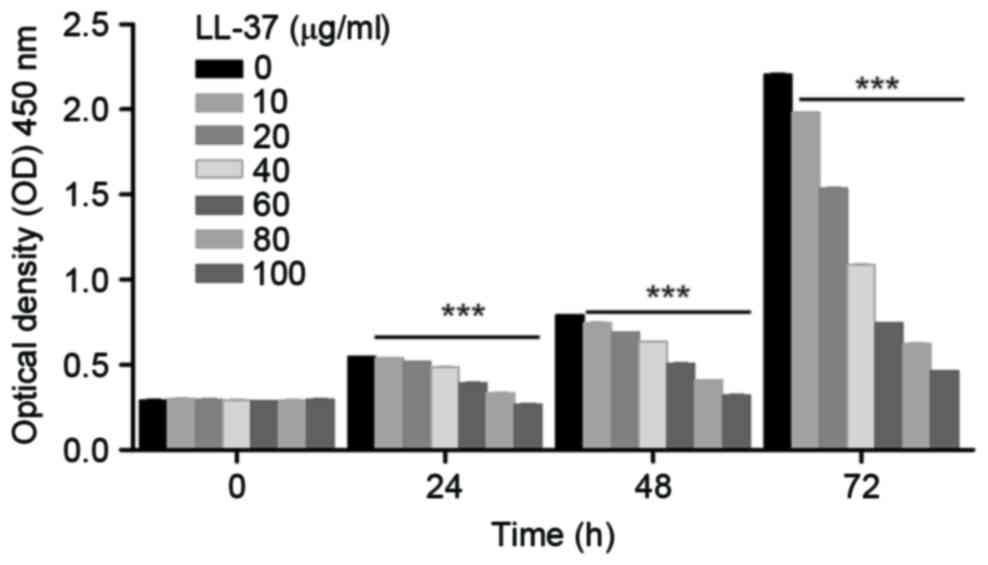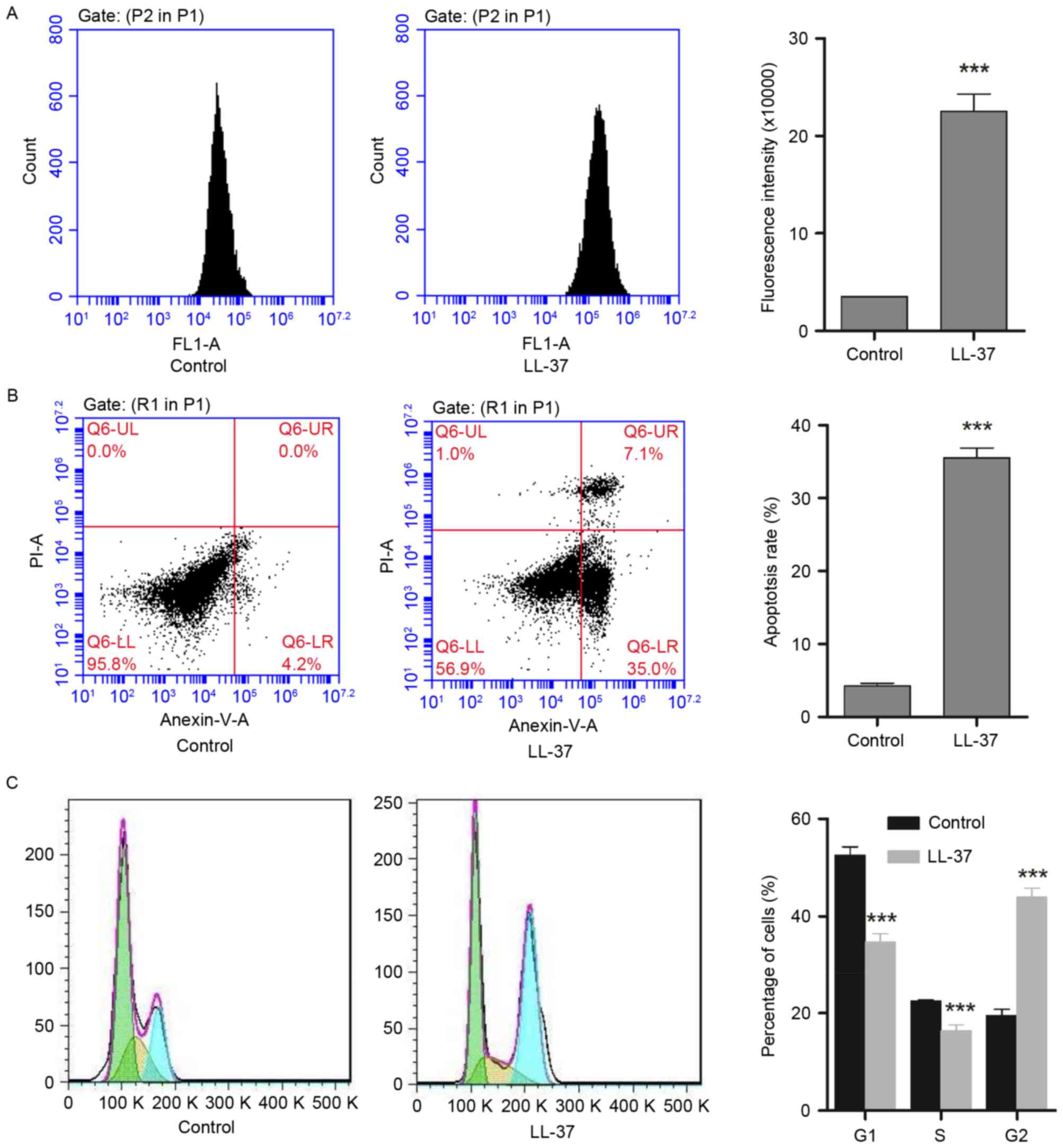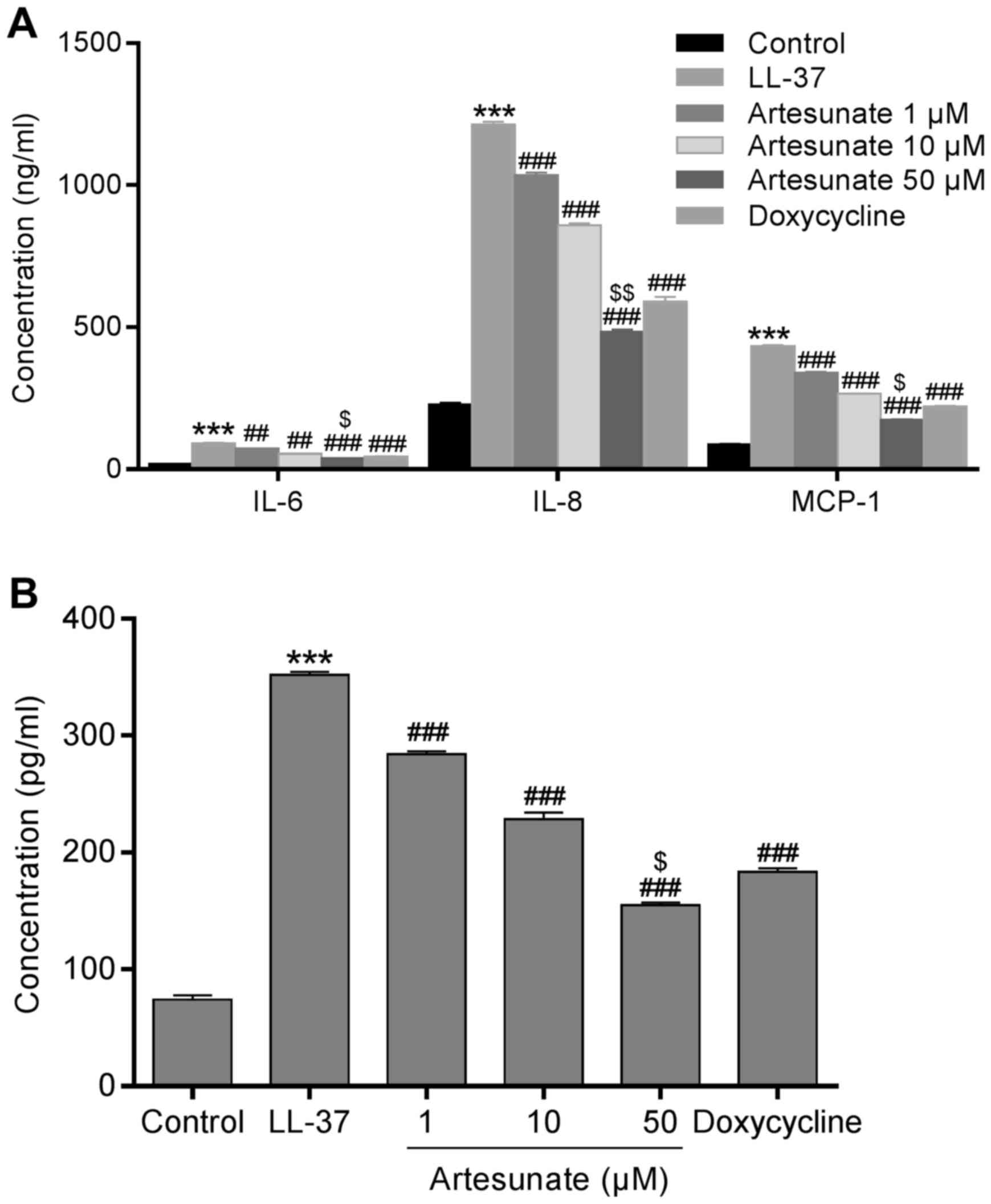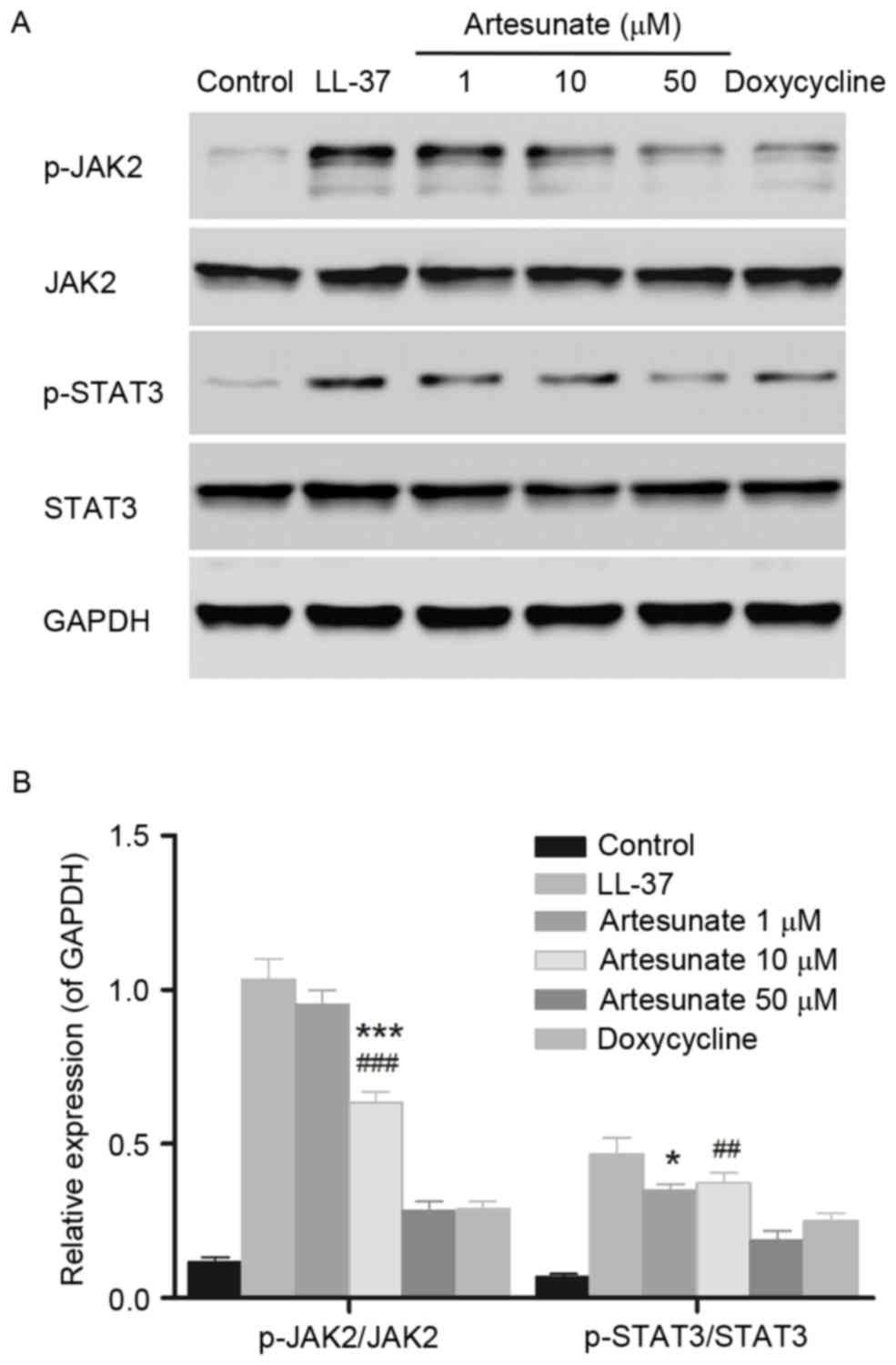|
1
|
Wilkin J, Dahl M, Detmar M, Drake L,
Feinstein A, Odom R and Powell F: Standard classification of
rosacea: Report of the national rosacea society expert committee on
the classification and staging of rosacea. J Am Acad Dermatol.
46:584–587. 2002. View Article : Google Scholar : PubMed/NCBI
|
|
2
|
Del Rosso JQ: Management of cutaneous
rosacea: Emphasis on new medical therapies. Expert Opin
Pharmacother. 15:2029–2038. 2014. View Article : Google Scholar : PubMed/NCBI
|
|
3
|
Tüzün Y, Wolf R, Kutlubay Z, Karakuş O and
Engin B: Rosacea and rhinophyma. Clin Dermatol. 32:35–46. 2014.
View Article : Google Scholar : PubMed/NCBI
|
|
4
|
Lazaridou E, Giannopoulou C, Fotiadou C,
Vakirlis E, Trigoni A and Ioannides D: The potential role of
microorganisms in the development of rosacea. J Dtsch Dermatol Ges.
9:21–25. 2011. View Article : Google Scholar : PubMed/NCBI
|
|
5
|
Roihu T and Kariniemi AL: Demodex mites in
acne rosacea. J Cutan Pathol. 25:550–552. 1998. View Article : Google Scholar : PubMed/NCBI
|
|
6
|
Georgala S, Katoulis AC, Kylafis GD,
Koumantaki-Mathioudaki E, Georgala C and Aroni K: Increased density
of Demodex folliculorum and evidence of delayed
hypersensitivity reaction in subjects with papulopustular rosacea.
J Eur Acad Dermatol Venereol. 15:441–444. 2001. View Article : Google Scholar : PubMed/NCBI
|
|
7
|
Del Rosso JQ: Advances in understanding
and managing rosacea: Part 1: Connecting the dots between
pathophysiological mechanisms and common clinical features of
rosacea with emphasis on vascular changes and facial erythema. J
Clin Aesthet Dermatol. 5:16–25. 2012.PubMed/NCBI
|
|
8
|
Bonamigo RR, Bakos L, Edelweiss M and
Cartell A: Could matrix metalloproteinase-9 be a link between
Demodex folliculorum and rosacea? J Eur Acad Dermatol
Venereol. 19:646–647. 2005. View Article : Google Scholar : PubMed/NCBI
|
|
9
|
Parodi A, Drago F, Paolino S, Cozzani E
and Gallo R: Treatment of rosacea. Ann Dermatol Venereol. 138 Suppl
3:S211–S214. 2011. View Article : Google Scholar : PubMed/NCBI
|
|
10
|
Sanchez J, Somolinos AL, Almodóvar PI,
Webster G, Bradshaw M and Powala C: A randomized, double-blind,
placebo-controlled trial of the combined effect of doxycycline
hyclate 20-mg tablets and metronidazole 0.75% topical lotion in the
treatment of rosacea. J Am Acad Dermatol. 53:791–797. 2005.
View Article : Google Scholar : PubMed/NCBI
|
|
11
|
Ho WE, Peh HY, Chan TK and Wong WF:
Artemisinins: Pharmacological actions beyond anti-malarial.
Pharmacol Ther. 142:126–139. 2014. View Article : Google Scholar : PubMed/NCBI
|
|
12
|
Van Agtmael MA, Eggelte TA and van Boxtel
CJ: Artemisinin drugs in the treatment of malaria: From medicinal
herb to registered medication. Trends Pharmacol Sci. 20:199–205.
1999. View Article : Google Scholar : PubMed/NCBI
|
|
13
|
der Meersch Van H: Review of the use of
artemisinin and its derivatives in the treatment of malaria. J
Pharm Belg. 60:23–29. 2005.(Article in French). PubMed/NCBI
|
|
14
|
Rasheed SA, Efferth T, Asangani IA and
Allgayer H: First evidence that the antimalarial drug artesunate
inhibits invasion and in vivo metastasis in lung cancer by
targeting essential extracellular proteases. Int J Cancer.
127:1475–1485. 2010. View Article : Google Scholar : PubMed/NCBI
|
|
15
|
Cribier B: Pathophysiology of rosacea:
Redness, telangiectasia, and rosacea. Ann Dermatol Venereol. 138
Suppl 3:S184–S191. 2011. View Article : Google Scholar : PubMed/NCBI
|
|
16
|
Gomaa AH, Yaar M, Eyada MM and Bhawan J:
Lymphangiogenesis and angiogenesis in non-phymatous rosacea. J
Cutan Pathol. 34:748–753. 2007. View Article : Google Scholar : PubMed/NCBI
|
|
17
|
Yamasaki K and Gallo RL: The molecular
pathology of rosacea. J Dermatol Sci. 55:77–81. 2009. View Article : Google Scholar : PubMed/NCBI
|
|
18
|
Steinhoff M, Buddenkotte J, Aubert J, Sulk
M, Novak P, Schwab VD, Mess C, Cevikbas F, Rivier M, Carlavan I, et
al: Clinical, cellular, and molecular aspects in the
pathophysiology of rosacea. J Investig Dermatol Symp Proc. 15:2–11.
2011. View Article : Google Scholar : PubMed/NCBI
|
|
19
|
Rosina P, Zamperetti MR, Giovannini A,
Chieregato C and Girolomoni G: Videocapillaroscopic alterations in
erythematotelangiectatic rosacea. J Am Acad Dermatol. 54:100–104.
2006. View Article : Google Scholar : PubMed/NCBI
|
|
20
|
Drummond PD and Su D: Blushing in rosacea
sufferers. J Psychosom Res. 72:153–158. 2012. View Article : Google Scholar : PubMed/NCBI
|
|
21
|
Yamasaki K, Di Nardo A, Bardan A, Murakami
M, Ohtake T, Coda A, Dorschner RA, Bonnart C, Descargues P,
Hovnanian A, et al: Increased serine protease activity and
cathelicidin promotes skin inflammation in rosacea. Nat Med.
13:975–980. 2007. View
Article : Google Scholar : PubMed/NCBI
|
|
22
|
Del Rosso JQ: Advances in understanding
and managing rosacea: Part 2: The central role, evaluation, and
medical management of diffuse and persistent facial erythema of
rosacea. J Clin Aesthet Dermatol. 5:26–36. 2012.PubMed/NCBI
|
|
23
|
Bernardino L, Xapelli S, Silva AP,
Jakobsen B, Poulsen FR, Oliveira CR, Vezzani A, Malva JO and Zimmer
J: Modulator effects of interleukin-1beta and tumor necrosis
factor-alpha on AMPA-induced excitotoxicity in mouse organotypic
hippocampal slice cultures. J Neurosci. 25:6734–6744. 2005.
View Article : Google Scholar : PubMed/NCBI
|
|
24
|
Oberbach A, Schlichting N, Blüher M,
Kovacs P, Till H, Stolzenburg JU and Neuhaus J: Palmitate induced
IL-6 and MCP-1 expression in human bladder smooth muscle cells
provides a link between diabetes and urinary tract infections. PLoS
One. 5:e108822010. View Article : Google Scholar : PubMed/NCBI
|
|
25
|
Deshmane SL, Kremlev S, Amini S and Sawaya
BE: Monocyte chemoattractant protein-1 (MCP-1): An overview. J
Interferon Cytokine Res. 29:313–326. 2009. View Article : Google Scholar : PubMed/NCBI
|
|
26
|
Bailey C, Negus R, Morris A, Ziprin P,
Goldin R, Allavena P, Peck D and Darzi A: Chemokine expression is
associated with the accumulation of tumour associated macrophages
(TAMs) and progression in human colorectal cancer. Clin Exp
Metastasis. 24:121–130. 2007. View Article : Google Scholar : PubMed/NCBI
|













